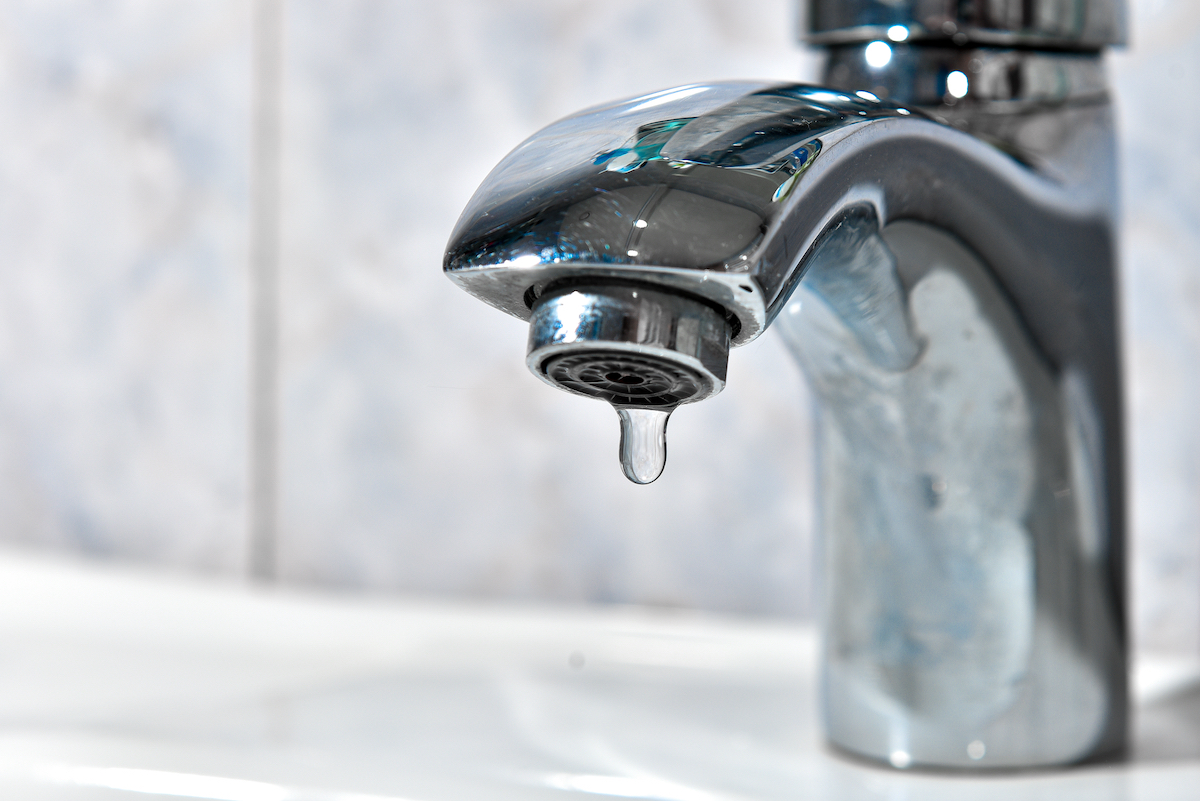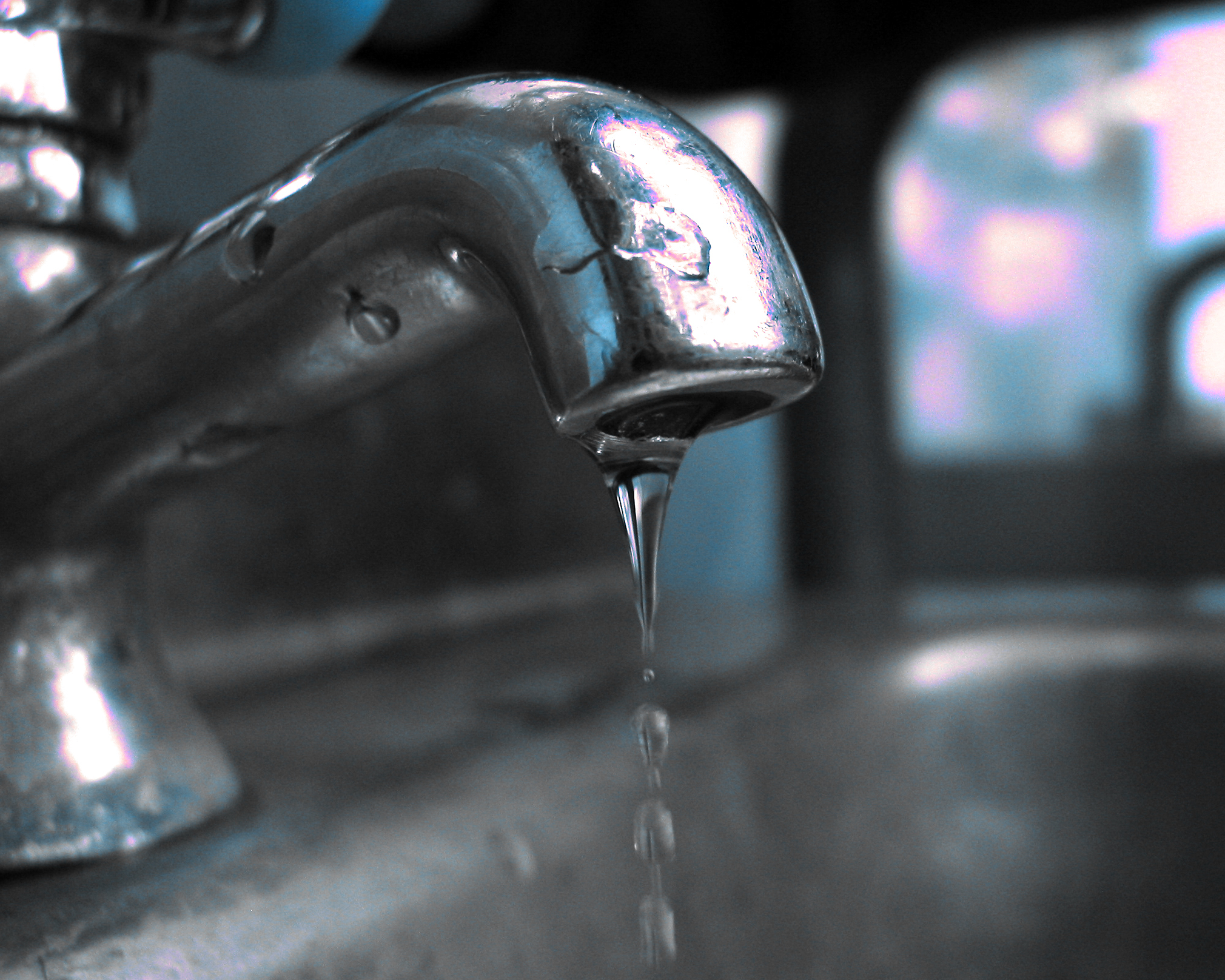Reasons Why It's Vital to Resolve a Leaking Faucet
Reasons Why It's Vital to Resolve a Leaking Faucet
Blog Article
We've come across the article on Leaky Faucets: Why They Happen & What to Do About Them directly below on the internet and think it made good sense to relate it with you on this page.

Trickling faucets might seem like a small hassle, yet their effect goes beyond simply the inconvenience of the audio. From drainage to sustaining unneeded monetary expenses and wellness threats, overlooking a leaking tap can cause numerous consequences. In this write-up, we'll delve into why it's crucial to resolve this usual household concern quickly and successfully.
Wastage of Water
Environmental Effect
Trickling taps contribute significantly to water wastefulness. According to the Epa (EPA), a solitary tap dripping at one drip per second can waste greater than 3,000 gallons of water each year. This not only stress water sources however additionally affects environments and wildlife dependent on them.
Step-by-Step Guide to Dealing With a Dripping Tap
Devices Required
Before attempting to deal with a dripping tap, collect the required devices, consisting of a flexible wrench, screwdrivers, substitute components (such as washing machines or cartridges), and plumber's tape.
Usual Tap Issues and Their Solutions
Recognize the kind of faucet and the specific problem creating the drip. Typical problems include worn-out washers, corroded valve seats, or damaged O-rings. Describe supplier guidelines or on-line tutorials for detailed advice on repairs.
Financial Expenses
Boosted Water Costs
Beyond the ecological effect, trickling taps can blow up water expenses significantly. The gathered wastefulness in time equates into greater energy expenditures, which could have been stayed clear of with timely repair services.
Potential Home Damages
Additionally, extended trickling can cause harm to components and surfaces surrounding the tap. Water buildup can trigger staining, corrosion, and also architectural concerns if left ignored, causing added repair work costs.
Health and wellness Problems
Mold And Mildew and Mold Development
The consistent existence of moisture from a trickling faucet produces a perfect environment for mold and mildew and mold growth. These fungis not just compromise interior air top quality however additionally posture wellness risks, especially for individuals with respiratory system problems or allergic reactions.
Waterborne Diseases
Stagnant water in leaking faucets can come to be a breeding place for germs and other pathogens, increasing the threat of waterborne illness. Contaminants such as Legionella microorganisms flourish in stationary water, possibly causing severe diseases when ingested or inhaled.
Do it yourself vs. Professional Repair work
Advantages and disadvantages of DIY Fixing
While some may attempt to repair a trickling faucet themselves, DIY repair work come with their very own set of challenges. Without correct expertise and devices, do it yourself efforts can worsen the problem or bring about incomplete repair services, prolonging the trouble.
Advantages of Hiring a Specialist Plumber
Working with a specialist plumber guarantees that the underlying source of the trickling faucet is attended to successfully. Plumbing technicians possess the knowledge and equipment to detect and repair tap problems successfully, saving time and decreasing the threat of further damage.
Ecological Duty
Individual Payment to Conservation
Taking obligation for fixing leaking faucets aligns with broader initiatives towards water conservation and ecological sustainability. Every person's actions collectively make a substantial effect on protecting priceless sources.
Sustainable Living Practices
By prioritizing punctual repair work and adopting water-saving routines, individuals contribute to lasting living methods that profit both existing and future generations.
Safety nets
Normal Upkeep Tips
To prevent dripping faucets, carry out regular maintenance such as cleaning aerators, evaluating for leakages, and replacing worn-out parts immediately. Additionally, take into consideration setting up water-saving devices or updating to extra reliable components.
Value of Prompt Repairs
Dealing with trickling taps as soon as they're discovered prevents more water waste and possible damages, inevitably saving both water and cash in the long run.
Influence On Building Value
Assumption of Well-Maintained Residential Or Commercial Property
Preserving a residential property in good condition, consisting of addressing maintenance concerns like trickling taps, boosts its perceived value and value amongst prospective buyers or lessees.
Influence on Resale Worth
Residences with well-kept plumbing components, consisting of taps, command greater resale worths in the real estate market. Resolving dripping faucets can contribute to a favorable impression throughout building evaluations and arrangements.
Verdict
Dealing with a dripping tap surpasses simple benefit; it's a crucial action towards saving water, minimizing monetary expenses, and securing wellness and home. Whether through DIY fixings or expert help, doing something about it to take care of trickling taps is a little yet impactful method to promote accountable stewardship of sources and contribute to a much healthier, a lot more lasting future.
How to Fix a Dripping or Leaky Faucet
A leaking faucet is one of the most common problems that homeowners encounter, but it being commonplace doesn’t make it any less annoying. The constant drip drip drip of a leaking bathtub faucet, showerhead, or sink tap can disturb your home’s serenity. Left neglected, a dripping faucet can also result in higher water bills and discoloration or mold growth in your sink or plumbing fixtures.
Fortunately, you don’t have to be a trained plumber to know how to stop a dripping faucet. With some basic tools, replacement parts, and a little patience, leaky faucet repair is a breeze. In this article, we’ll explain what causes dripping faucets and how you can fix them.
What Causes a Leaking Faucet?
Kitchen and bathroom faucets come in all manner of designs, but most involve some combination of valves, O-rings, seals, and washers. The O-ring is usually the weakest link, but any one of these pieces can wear down over time. Heat, moisture, temperature fluctuations, minerals, mold, and movement can contribute to warping and corrosion, breaking the watertight seal. This just comes with the territory of being a homeowner. Everything is always subject to wear and tear, and some component parts of your appliances and fixtures need to be replaced on occasion. At least replacement O-rings are cheap!
More rarely, dripping faucets can be a symptom of excessively high water pressure. Were this the case in your home, you would probably notice that the leak is not isolated to one faucet. Water pressure issues are harder to resolve on your own. We recommend contacting a professional plumber if you suspect your water pressure is too high.
How to Fix a Dripping Faucet
Pipe wrench or monkey wrench Allen wrench set Screwdrivers Old towel or rag Shut off the water.
Before you do anything, you need to turn off the water to keep from drenching your kitchen or bathroom. You should find a valve under the sink and against the wall. Once you’ve turned this valve, try turning the faucet on to confirm that the water source has been cut off.
If you can’t locate your local valve for the faucet you’re working on, you can always shut off the water to the house at the main valve. Of course, this will prohibit anyone from using the sinks, showers, or toilets while you’re working on the faucet that’s giving you trouble.
Plug or block the drain.
You’ll be disassembling the faucet and removing some small bits of hardware. Plug the drain with a stopper or rag to avoid the possibility of a small screw falling into your P-trap.
Take apart the faucet assembly.
There are several varieties of kitchen and bathroom faucets, each with its own manner of assembly. For detailed instructions on how to disassemble your faucet, you can refer to the fixture’s manual or contact the manufacturer. If you know whether you have a ball, disc, cartridge, or compression faucet, you can find detailed schematics online.
In general, you need to begin by removing the faucet handles. You might notice a small screw that you’ll need to remove with a screwdriver or Allen wrench. If you don’t see any visible securing hardware, it’s likely hidden under a decorative cap that can be unscrewed or popped off with flathead screwdriver.
Remove each piece methodically, consulting a schematic when necessary. Take notes or arrange the pieces in such a way to make it easier to correctly reassemble the faucet later.
Remove the cartridge.
Once you’ve removed the handles and securing hardware, you should be able to remove the valve cartridge or stem. Some cartridges will slide right out. Other faucet models will require you to loosen a nut with a pipe wrench before you can remove the valve stem.
Examine the exposed hardware.
With the cartridge or stem removed, inspect the component parts. Check the rubber O-rings for wear and tear. Also examine the seat washer for corrosion or other damage. These pieces are usually the responsible parties for a dripping faucet, but it’s worth inspecting the other component parts while you have the faucet disassembled.
Find replacement parts.
Once you’ve identified which faucet component has failed, find an identical replacement. Your local hardware store should have O-rings, seat washers, and other standard components in stock. If you have a luxury or uncommon faucet, you may have to contact the manufacturer for a replacement part.
It’s a good idea to take your old parts with you to the hardware store so you can compare them with the store’s inventory and be sure you’re purchasing the correct replacement.
Reassemble the faucet.
With your new parts in hand, reconstruct the faucet and handles. Don’t be tempted to overtighten screws or nuts. You might think this could create a better seal, but it can instead damage or bend a delicate part of the assembly and create a new problem for you.
Turn on the water and test the faucet.
The only thing left to do is test your work. Unplug the sink, turn the water back on, and try the faucet. Congratulate yourself on a job well done!
https://www.libertyhomeguard.com/how-to-fix-a-dripping-or-leaky-faucet/

As a keen person who reads on Should I Repair or Replace a Leaky Faucet?, I figured sharing that excerpt was beneficial. Appreciated our review? Please share it. Help someone else locate it. Many thanks for your time invested reading it.
Report this page